Gem Profile- Thundereggs and Mexican Lace Agate
Thundereggs and Mexican Lace Agate, part of our Series on Quartz
Thundereggs
You probably know the story some of us tell children who become scared during thunder-and-lightning-storms: "Oh, that's just God and the angels bowling. Listen, did he just get a strike?"
According to legends told by the natives of the US Pacific Northwest, the Thunder Spirits lived at the peaks of Mount Hood and Mount Jefferson, and when the spirits on one mountain grew mad at the other mountain's spirits, they would throw rocks at them!
Not just any rocks, of course: thundereggs.
The Thunder spirits, naughty beings, stole these eggs from the nests of Thunderbirds - mythical powerful birds you may have seen on totem poles.
Thundereggs, also called lithophysae (rock bubbles) look like ordinary rocks from the outside, usually about the size of a baseball or softball (although they can be taller than a person!), but when sliced into, they contain beautiful agate formations.
Thunderegg agate from the south of France, image property of David Rix Eibonvale
You probably know the story some of us tell children who become scared during thunder-and-lightning-storms: "Oh, that's just God and the angels bowling. Listen, did he just get a strike?"
According to legends told by the natives of the US Pacific Northwest, the Thunder Spirits lived at the peaks of Mount Hood and Mount Jefferson, and when the spirits on one mountain grew mad at the other mountain's spirits, they would throw rocks at them!
Not just any rocks, of course: thundereggs.
The Thunder spirits, naughty beings, stole these eggs from the nests of Thunderbirds - mythical powerful birds you may have seen on totem poles.
Thundereggs, also called lithophysae (rock bubbles) look like ordinary rocks from the outside, usually about the size of a baseball or softball (although they can be taller than a person!), but when sliced into, they contain beautiful agate formations.
Thunderegg agate from the south of France, image property of David Rix Eibonvale

Now, while this is similar to a geode - ordinary on the outside, beautiful within - thundereggs can only be called geodes if there is a cavity or hollow spot inside the rock. Many thundereggs are completely full of solid agate. And while most thundereggs contain agate, some may instead contain jasper, opal, quartz, or selenite (pure, or combinations of those stones).
Like other agates, thundereggs form from rhyolitic lava flows, slowly cooling and solidifying inside a cavity. Scientists still don't quite agree how these unique formations occur, but a common theory seems to be that molten or cooling rhyolite was launched out of volcanoes. Projectiles such as these are called volcano bombs. Then, the molten agate drops fell into volcanic ash and slowly formed thundereggs. So in a sense, the Pacific Northwest tribes may have been right that the volcano-dwellers threw the rocks!
Now, while this is similar to a geode - ordinary on the outside, beautiful within - thundereggs can only be called geodes if there is a cavity or hollow spot inside the rock. Many thundereggs are completely full of solid agate. And while most thundereggs contain agate, some may instead contain jasper, opal, quartz, or selenite (pure, or combinations of those stones).
Like other agates, thundereggs form from rhyolitic lava flows, slowly cooling and solidifying inside a cavity. Scientists still don't quite agree how these unique formations occur, but a common theory seems to be that molten or cooling rhyolite was launched out of volcanoes. Projectiles such as these are called volcano bombs. Then, the molten agate drops fell into volcanic ash and slowly formed thundereggs. So in a sense, the Pacific Northwest tribes may have been right that the volcano-dwellers threw the rocks!
This Thunderegg is from the Black Rock Desert in Nevada; image property of David Rix Eibonvale
Like other agates, thundereggs form from rhyolitic lava flows, slowly cooling and solidifying inside a cavity. Scientists still don't quite agree how these unique formations occur, but a common theory seems to be that molten or cooling rhyolite was launched out of volcanoes. Projectiles such as these are called volcano bombs. Then, the molten agate drops fell into volcanic ash and slowly formed thundereggs. So in a sense, the Pacific Northwest tribes may have been right that the volcano-dwellers threw the rocks!
Now, while this is similar to a geode - ordinary on the outside, beautiful within - thundereggs can only be called geodes if there is a cavity or hollow spot inside the rock. Many thundereggs are completely full of solid agate. And while most thundereggs contain agate, some may instead contain jasper, opal, quartz, or selenite (pure, or combinations of those stones).
Like other agates, thundereggs form from rhyolitic lava flows, slowly cooling and solidifying inside a cavity. Scientists still don't quite agree how these unique formations occur, but a common theory seems to be that molten or cooling rhyolite was launched out of volcanoes. Projectiles such as these are called volcano bombs. Then, the molten agate drops fell into volcanic ash and slowly formed thundereggs. So in a sense, the Pacific Northwest tribes may have been right that the volcano-dwellers threw the rocks!
This Thunderegg is from the Black Rock Desert in Nevada; image property of David Rix Eibonvale

While Oregon (which includes Mt. Hood and Mt. Jefferson) is the most famous location for thundereggs - in fact, in 1965, it was chosen as the Oregon state rock - thundereggs can also be found across the US and Canada, as well as in pockets of Africa and Madagascar, Central Europe (Poland, Romania, Turkey, France), Australia, Mexico, and Argentina. It makes sense that thundereggs are found in historically volcanically active regions.
Frances Lediaev wrapped this agate geode slice with silver wire into a wire pendant.
Frances Lediaev wrapped this agate geode slice with silver wire into a wire pendant.

Mexican Crazy Lace Agate and Laguna Lace Agate
Mexican Crazy Lace agate typically comes from mines in northern Mexico and has been widely popular in lapidary and jewelry since the 1950s. Mexican crazy lace agate has also been called Rodeo Agate and Rosetta Lace Agate by various sellers and mine operators.
Crazy Lace Rosetta Stone Cabochon Pendant wire wrapped by Joan Madouse in gold craft wire
Mexican Crazy Lace agate typically comes from mines in northern Mexico and has been widely popular in lapidary and jewelry since the 1950s. Mexican crazy lace agate has also been called Rodeo Agate and Rosetta Lace Agate by various sellers and mine operators.
Crazy Lace Rosetta Stone Cabochon Pendant wire wrapped by Joan Madouse in gold craft wire

Rather than the calm lines of Botswana agate, Crazy Lace agate's banding pattern is erratic and lively, and typically has a wide range of colors along the bands, including red, yellow, white, gray, and pink, almost reminiscent of an Indian paisley pattern. It can also be dyed with vivid purples and blues, and goes under the names Purple Crazy Lace Agate and Blue Crazy Lace Agate. Mexican crazy lace agate is found in Cretaceous-age limestone, dating it to 65-90 million years old!
A crazy lace rosetta stone cabochon wrapped in bronze wire by Joan Madouse
A crazy lace rosetta stone cabochon wrapped in bronze wire by Joan Madouse

Laguna lace agate is a specific type of Mexican Crazy Lace agate. Other variations include Bubble lace, Cactus lace, Chinese writing lace, Dog tooth lace, Fine line lace, Victors lace, Zebra lace - you can probably imagine what many of those agates look like! Other variations are named for the town or area they were found in. "Laguna Lace Agate" describes a variety that looks like a cross between Mexican Crazy Lace agate and Laguna agate - hence the name. Laguna agate, also from northern Mexico, is a gorgeous variety of agate considered the most-sought-after banded agate.
Joan Madouse wire wrapped this Mexican Crazy Lace agate in a rectangular frame with matching swirls of silver craft wire.
Joan Madouse wire wrapped this Mexican Crazy Lace agate in a rectangular frame with matching swirls of silver craft wire.

Laguna lace agate is found in Chihauhua, Mexico, near the original Laguna agate find. The desert agate deposits begin about 83 miles south of El Paso, Texas. Chihuahua, the largest of Mexico's 31 states, had an "agate rush" for about 50 years until the late 1960s. While it doesn't have the clear and valuable banding of Laguna Agate, it still has the fortification banding we discussed in the first agate profile: that is, when it is first sliced, the agate banding looks like a bird-eye view of a medieval castle fortress wall. Laguna lace agate is commonly found in blue, but also the rainbow: orange, white, cream, yellow, black gray, pink, red, and green.
Linda Pope wire wrapped this blue crazy lace agate cabochon with copper wire and added Swarovski crystals and goldstone chip beads as accents.
Linda Pope wire wrapped this blue crazy lace agate cabochon with copper wire and added Swarovski crystals and goldstone chip beads as accents.

Resources
The Formation of Thundereggs by Robert Colburn, aka "Paul, the Geode Kid" at https://www.zianet.com/geodekid/thndregg.htm
Thunderegg on Wikipedia.org
Thunderbird on Wikipedia.org
The Formation of Thundereggs by Robert Colburn, aka "Paul, the Geode Kid" at https://www.zianet.com/geodekid/thndregg.htm
Thunderegg on Wikipedia.org
Thunderbird on Wikipedia.org
Materials

Wire

Crazy Lace Agate beads

Cabochons by Gemstone

Blue Crazy Lace Agate 30x40mm Oval Beads - 8 Inch Strand
A1-30
- Lesson Quantity: 1.00 pieces
- Purchase Quantity: 1.00 each
- Price: $14.77
- Gold Club Price: $11.08

Blue Lace Agate 10x12mm Buddha Beads - 8 Inch Strand
A1-732
- Lesson Quantity: 1.00 pieces
- Purchase Quantity: 1.00 each
- Price: $39.97
- Gold Club Price: $29.98
Tools

WireJewelry - Ultimate Wire-Pliers Jewelry Pliers with Case, Set of 5
G15-20
- G15-20
- Lesson Quantity: 1.00 pieces
- Purchase Quantity: 1.00 each
- Price: $170.72
- Gold Club Price: $128.04

Bench Tools
- Category: General Education
- Technique(s): General Education














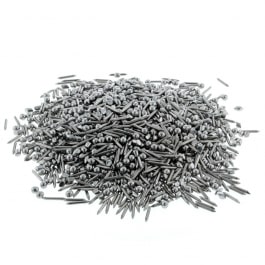







 About Jewelry Chain- About Ball Chain
About Jewelry Chain- About Ball Chain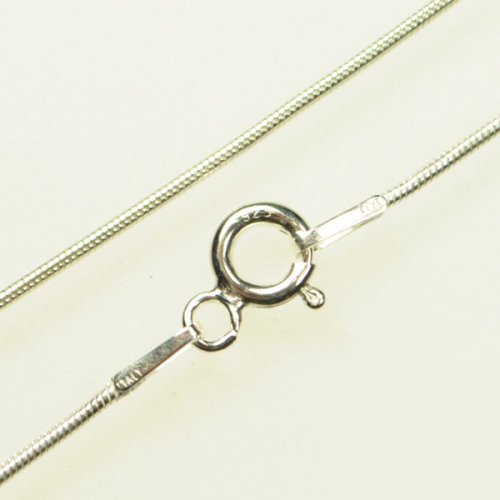 About Jewelry Chain- Snake Chain and Omega Chain
About Jewelry Chain- Snake Chain and Omega Chain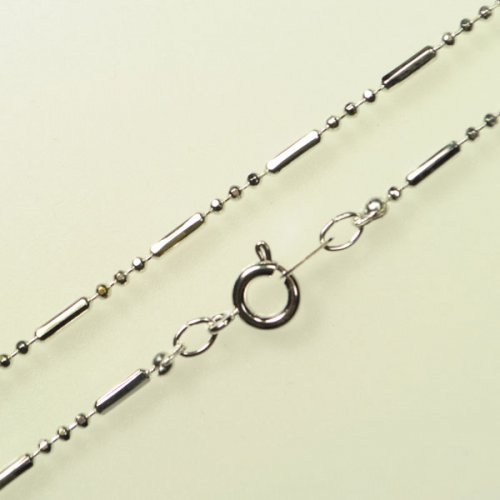 About Jewelry Chain- Bar Chain and Peanut Chain
About Jewelry Chain- Bar Chain and Peanut Chain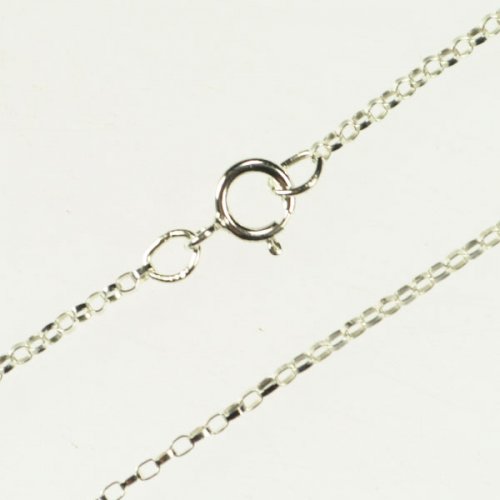 About Jewelry Chain - Cable Chain and Rolo Chain
About Jewelry Chain - Cable Chain and Rolo Chain About Jewelry Chain- Curb Chain and Gourmette Chain
About Jewelry Chain- Curb Chain and Gourmette Chain About Jewelry Chain- Figaro Chain
About Jewelry Chain- Figaro Chain About Jewelry Chain- Infinity Chain and Anchor Chain
About Jewelry Chain- Infinity Chain and Anchor Chain About Jewelry Chain- Chain Reference Sheet
About Jewelry Chain- Chain Reference Sheet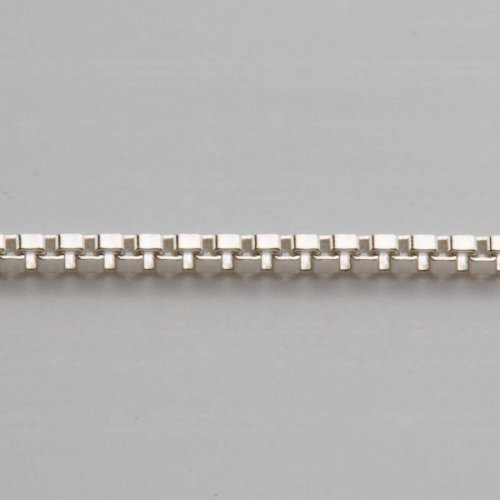 About Jewelry Chain- Venetian Chain and Box Chain
About Jewelry Chain- Venetian Chain and Box Chain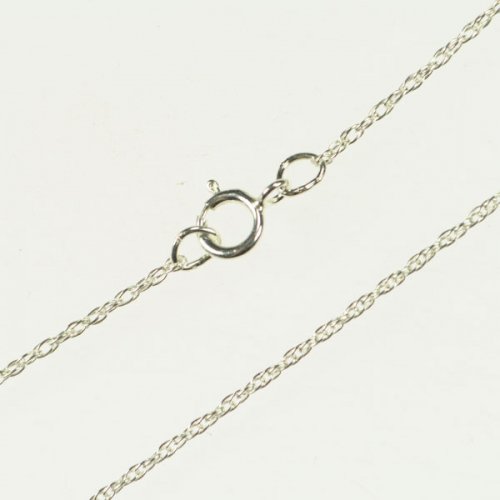 About Jewelry Chain- Wheat Chain and Rope Chain
About Jewelry Chain- Wheat Chain and Rope Chain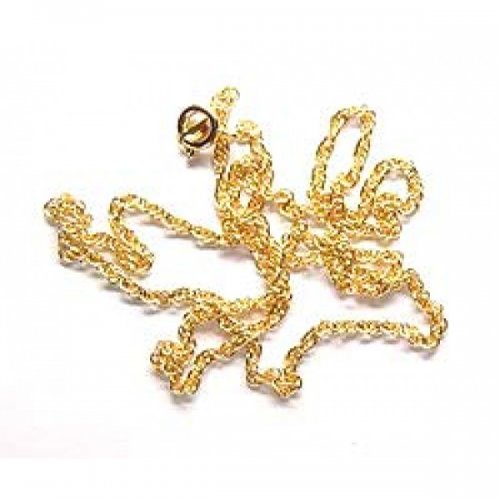 Introduction to Chain
Introduction to Chain Access More Money by Making Jewelry When Your Prices Are Right
Access More Money by Making Jewelry When Your Prices Are Right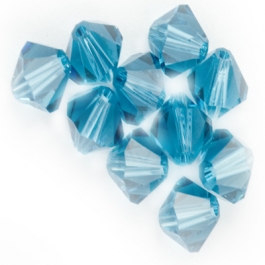 An Introduction to Beads and Beading
An Introduction to Beads and Beading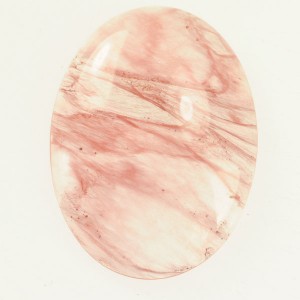 Common Gemstone Misconceptions
Common Gemstone Misconceptions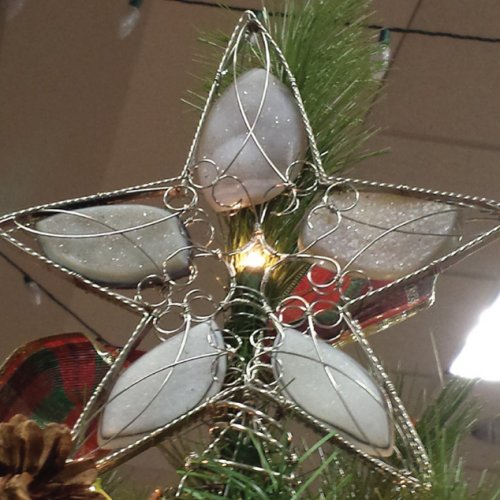 Wire Wrapped Christmas Tree
Wire Wrapped Christmas Tree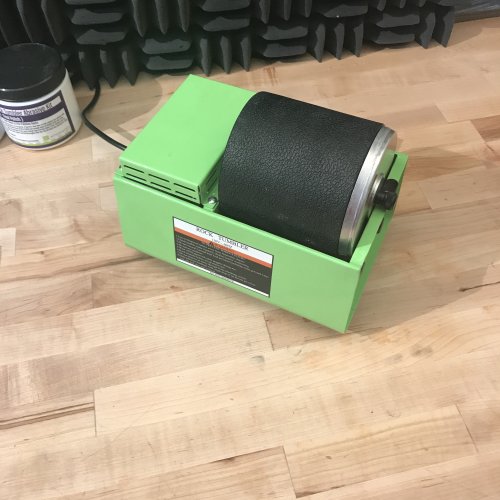 How To Polish Metal Jewelry using a Rotary Tumbler
How To Polish Metal Jewelry using a Rotary Tumbler How To Polish Your Own Rocks using a Rotary Rock Tumbler
How To Polish Your Own Rocks using a Rotary Rock Tumbler How to Merchandise Your Jewelry on the Internet
How to Merchandise Your Jewelry on the Internet How to Use Twitter as a Wire Jewelry Artist
How to Use Twitter as a Wire Jewelry Artist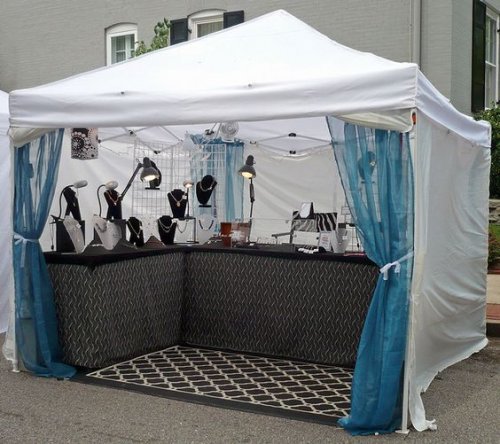 20 Ideas to get your Jewelry Biz Busy
20 Ideas to get your Jewelry Biz Busy Watching the Precious Metals Market
Watching the Precious Metals Market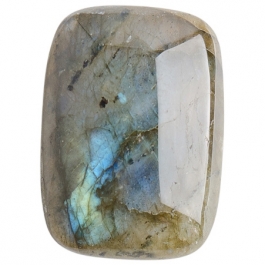 Jewelry Design Ideas - Get Inspired
Jewelry Design Ideas - Get Inspired Measuring Tools
Measuring Tools July Birthstone - The Ruby
July Birthstone - The Ruby February Birthstone- Amethyst
February Birthstone- Amethyst March Birthstone - Aquamarine and Bloodstone
March Birthstone - Aquamarine and Bloodstone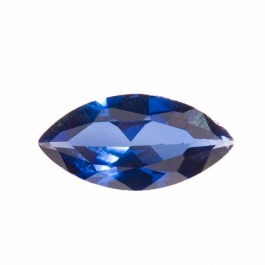 September Birthstone - Sapphire
September Birthstone - Sapphire November Birthstones - Topaz and Citrine
November Birthstones - Topaz and Citrine October Birthstones - Rose Zircon, Pink Tourmaline and Opal
October Birthstones - Rose Zircon, Pink Tourmaline and Opal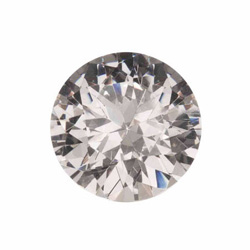 April Birthstone - The Diamond
April Birthstone - The Diamond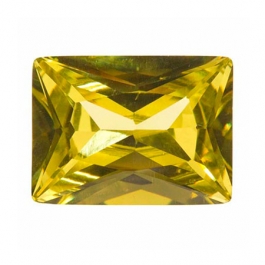 August Birthstone - Peridot and Sardonyx
August Birthstone - Peridot and Sardonyx June Birthstones - Alexandrite, Pearl and Moonstone
June Birthstones - Alexandrite, Pearl and Moonstone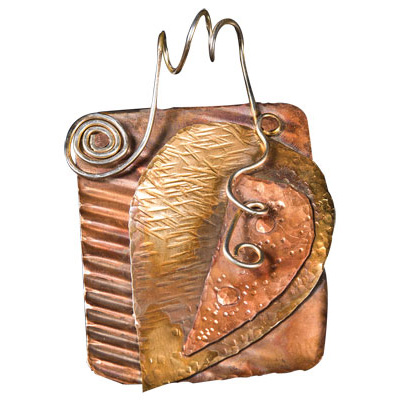 Metalsmithing
Metalsmithing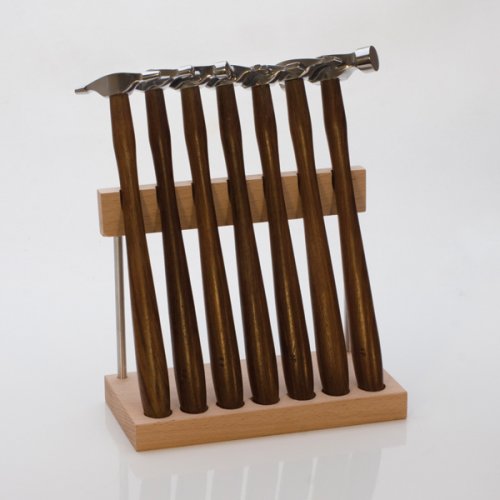 Featured Tool - Mini TruStrike Hammers
Featured Tool - Mini TruStrike Hammers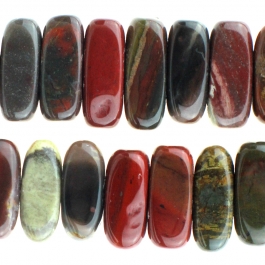 Natural Jasper Stones - Cabochon Gemstones
Natural Jasper Stones - Cabochon Gemstones Organize Your Jewelry Box
Organize Your Jewelry Box Pearls- It's a Cultural Thing
Pearls- It's a Cultural Thing Soldering 101
Soldering 101 Starting Your Own Home Jewelry Business
Starting Your Own Home Jewelry Business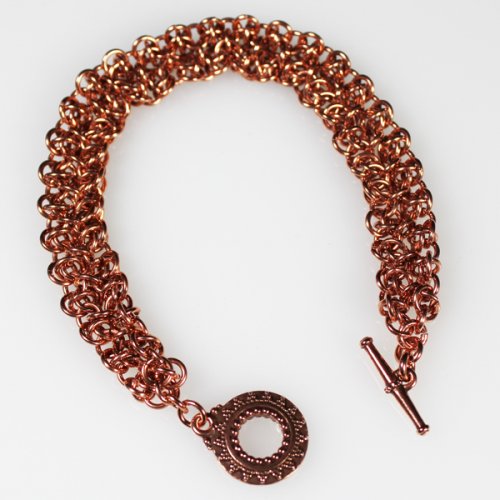 The Art of Creating Chainmail
The Art of Creating Chainmail Why Should I Be Using Facebook
Why Should I Be Using Facebook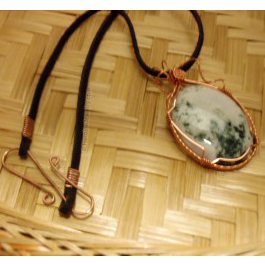 Make Handmade Neck Cords on a Dime
Make Handmade Neck Cords on a Dime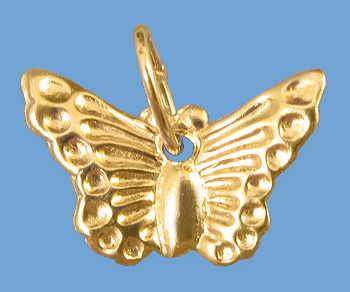 Tagging Handmade Jewelry Gifts
Tagging Handmade Jewelry Gifts Share Your Expertise with Your Community
Share Your Expertise with Your Community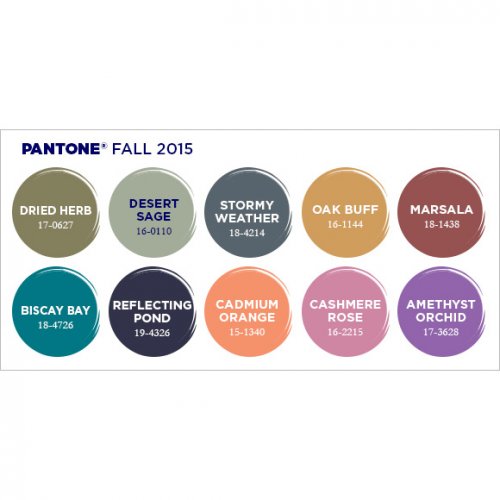 Creating Color Schemes for Jewelry Making
Creating Color Schemes for Jewelry Making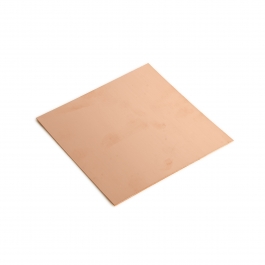 Bronze, Brass, Nickel Silver and Copper Base Metals
Bronze, Brass, Nickel Silver and Copper Base Metals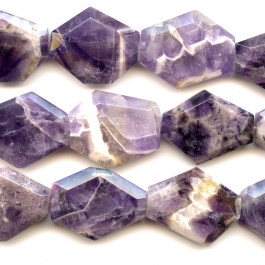 Gemstone Treatments
Gemstone Treatments How Wire is Made
How Wire is Made Beading A-B-C's
Beading A-B-C's How to Set Up Your Workspace
How to Set Up Your Workspace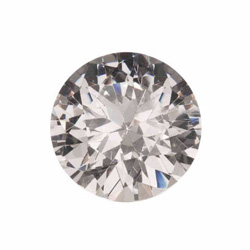 Gem Profile- Diamond
Gem Profile- Diamond Gem Profile- Peridot
Gem Profile- Peridot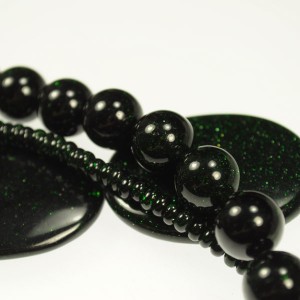 Gem Profile- Goldstone
Gem Profile- Goldstone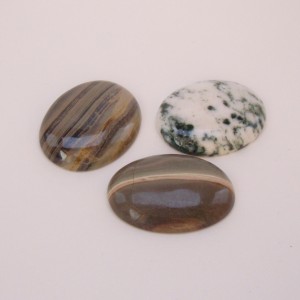 Gem Profile- Cryptocrystalline Quartz Introduction
Gem Profile- Cryptocrystalline Quartz Introduction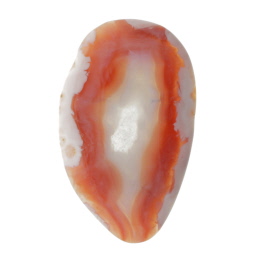 Gem Profile- Banded Agate and Brecciated Agate
Gem Profile- Banded Agate and Brecciated Agate Gem Profile- Emerald
Gem Profile- Emerald Gem Profile- Titanite or Sphene
Gem Profile- Titanite or Sphene Gem Profile- Morganite
Gem Profile- Morganite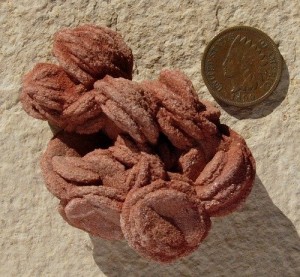 Gem Profile- Desert Rose
Gem Profile- Desert Rose Gem Profile- Iolite
Gem Profile- Iolite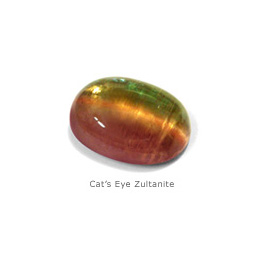 Gem Profile- Zultanite
Gem Profile- Zultanite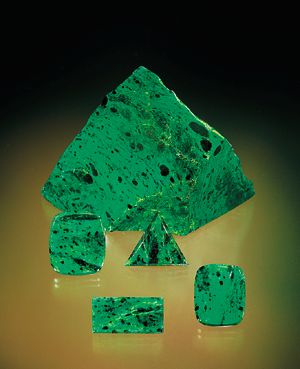 Gem Profile- Maw Sit Sit
Gem Profile- Maw Sit Sit Gem Profile- Tanzanite
Gem Profile- Tanzanite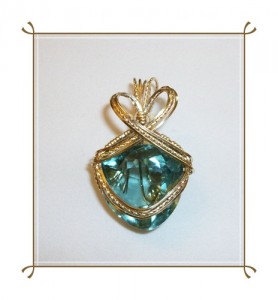 Gem Profile- Aquamarine
Gem Profile- Aquamarine Gem Profile- Turquoise
Gem Profile- Turquoise Gem Profile- Turquoise Types
Gem Profile- Turquoise Types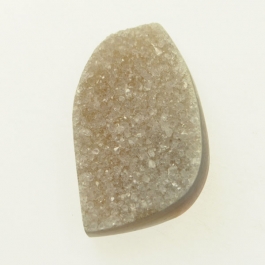 Gem Profile- What's Druze
Gem Profile- What's Druze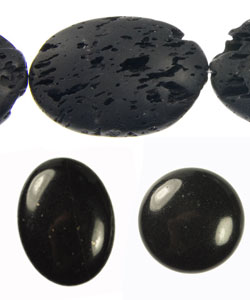 Gem Profile- Basalt
Gem Profile- Basalt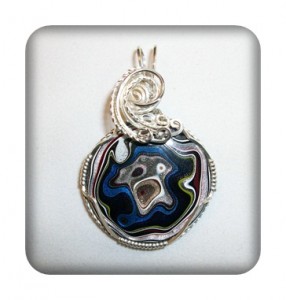 Gem Profile- Fordite
Gem Profile- Fordite Gem Profile- Variscite
Gem Profile- Variscite Gem Profile- Pearls
Gem Profile- Pearls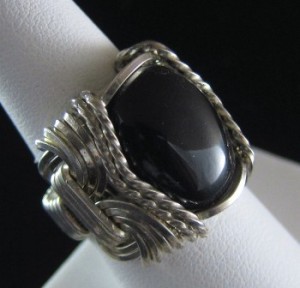 Gem Profile- Onyx
Gem Profile- Onyx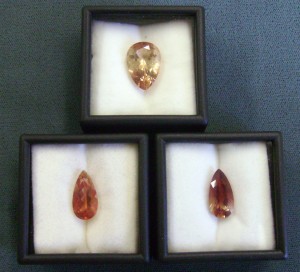 Gem Profile- Sunstone
Gem Profile- Sunstone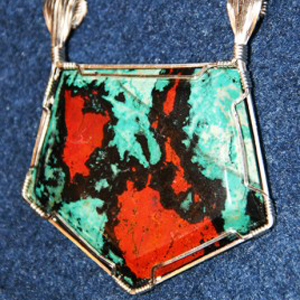 Gem Profile- Sonora Sunrise
Gem Profile- Sonora Sunrise Gem Profile- Rhodonite
Gem Profile- Rhodonite Gem Profile- Glass, Crystal and Quartz
Gem Profile- Glass, Crystal and Quartz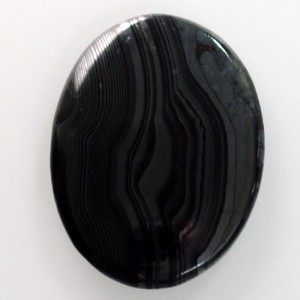 Gem Profile- Psilomelane
Gem Profile- Psilomelane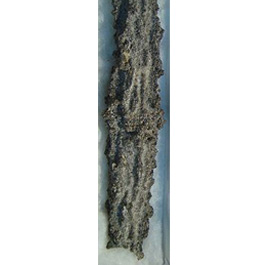 Gem Profile- Fulgurite
Gem Profile- Fulgurite Gem Profile- Cat's Eye
Gem Profile- Cat's Eye Gem Profile- Carnelian
Gem Profile- Carnelian Gem Profile- Petoskey Stones and Indonesian Fossil Coral
Gem Profile- Petoskey Stones and Indonesian Fossil Coral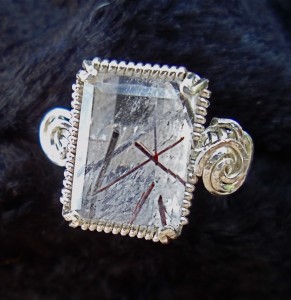 Gem Profile- Rutilated Quartz
Gem Profile- Rutilated Quartz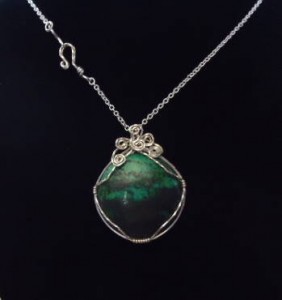 Gem Profile- Chrysocolla
Gem Profile- Chrysocolla Gem Profile- Jet
Gem Profile- Jet Gem Profile- Chrysoprase
Gem Profile- Chrysoprase Gem Profile- Rhyolite
Gem Profile- Rhyolite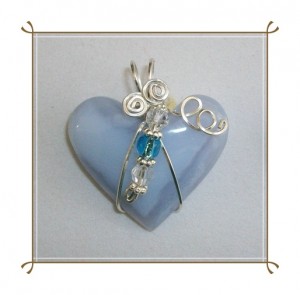 Gem Profile- Chalcedony
Gem Profile- Chalcedony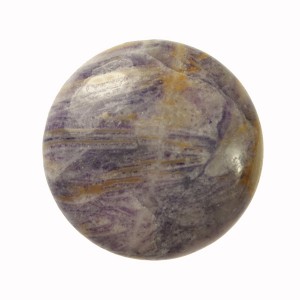 Gem Profile- Lepidolite and Sugilite
Gem Profile- Lepidolite and Sugilite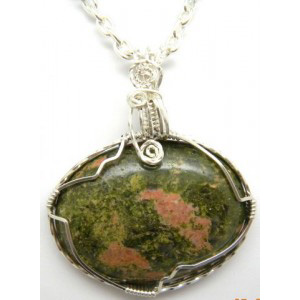 Gem Profile- Unakite
Gem Profile- Unakite Gem Profile- Cowrie Shells, Conch Shells, and Drilling Shells
Gem Profile- Cowrie Shells, Conch Shells, and Drilling Shells Gem Profile- Mother of Pearl
Gem Profile- Mother of Pearl Gem Profile- Moss Agate and Plume Agate
Gem Profile- Moss Agate and Plume Agate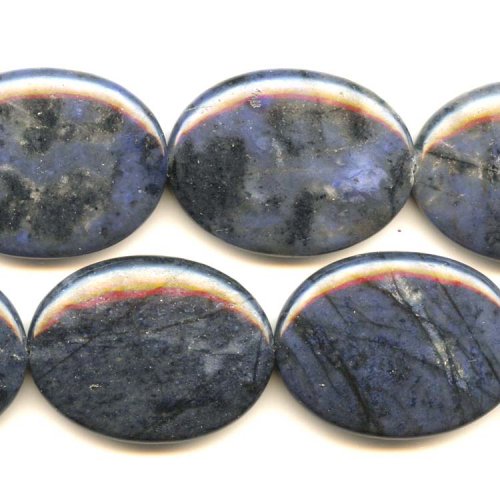 Gem Profile- Dumortierite
Gem Profile- Dumortierite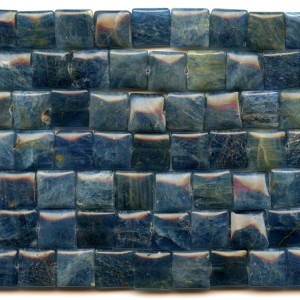 Gem Profile- Apatite
Gem Profile- Apatite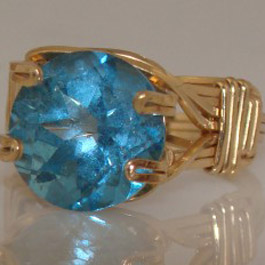 Gem Profile- Blue Topaz
Gem Profile- Blue Topaz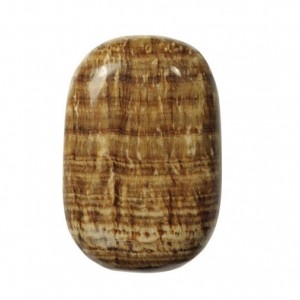 Gem Profile- Aragonite
Gem Profile- Aragonite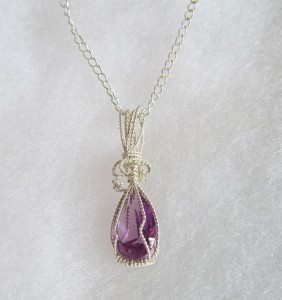 Gem Profile- Zircon and Cubic Zirconia
Gem Profile- Zircon and Cubic Zirconia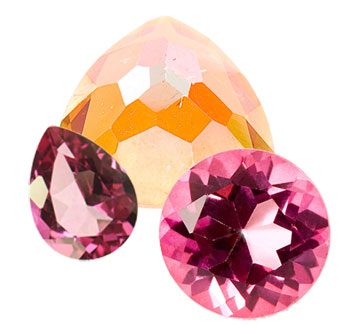 Gem Profile- Topaz
Gem Profile- Topaz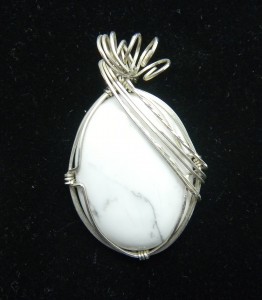 Gem Profile- Howlite
Gem Profile- Howlite Gem Profile- Sodalite
Gem Profile- Sodalite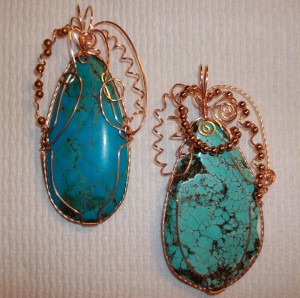 Gem Profile- Magnesite
Gem Profile- Magnesite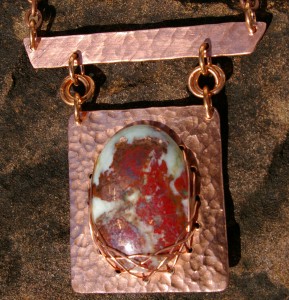 Gem Profile- Cuprite
Gem Profile- Cuprite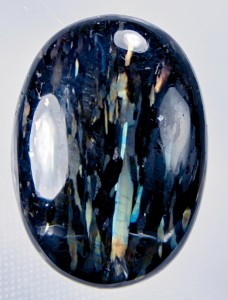 Gem Profile- Nuummite
Gem Profile- Nuummite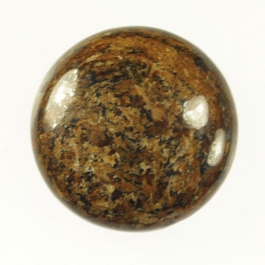 Gem Profile- Bronzite
Gem Profile- Bronzite Gem Profile- Kyanite
Gem Profile- Kyanite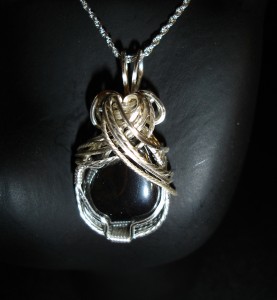 Gem Profile- Hematite
Gem Profile- Hematite Gem Profile- Derbyshire Blue John
Gem Profile- Derbyshire Blue John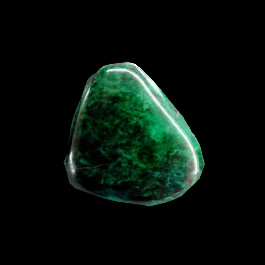 Gem Profile- Eilat Stone
Gem Profile- Eilat Stone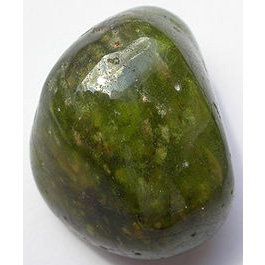 Gem Profile- Vesuvianite
Gem Profile- Vesuvianite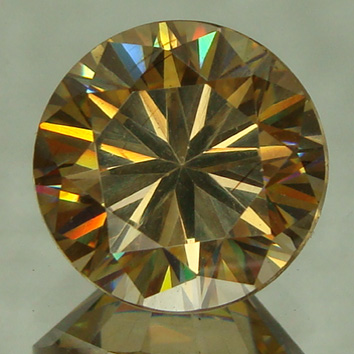 Gem Profile- Strontium Titanate -Fabulite
Gem Profile- Strontium Titanate -Fabulite Gem Profile- Tourmaline
Gem Profile- Tourmaline Gem Profile- Larimar
Gem Profile- Larimar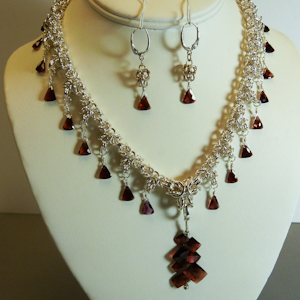 Gem Profile- Garnet
Gem Profile- Garnet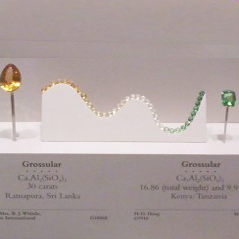 Gem Profile- Tsavorite and Green Garnets
Gem Profile- Tsavorite and Green Garnets Gem Profile- Seraphinite
Gem Profile- Seraphinite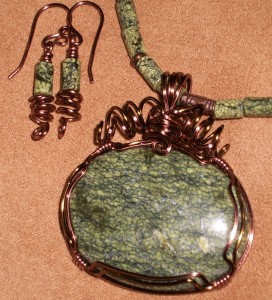 Gem Profile- Serpentine
Gem Profile- Serpentine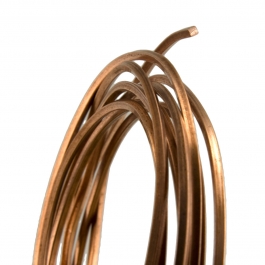 American Wire Gauge
American Wire Gauge Viking Knit and Spool Knit Chain
Viking Knit and Spool Knit Chain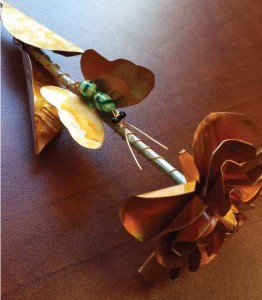 Copper Roses
Copper Roses How to Make Medical ID Bracelets Special
How to Make Medical ID Bracelets Special Remembering the Fallen
Remembering the Fallen 6 Ways to Find Your Uniqueness in Jewelry
6 Ways to Find Your Uniqueness in Jewelry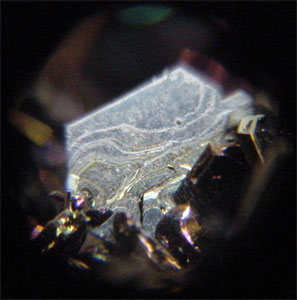 Gem Profile- Moissanite
Gem Profile- Moissanite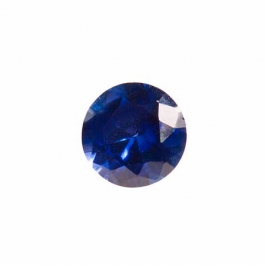 Birthstone Swarovski Colors
Birthstone Swarovski Colors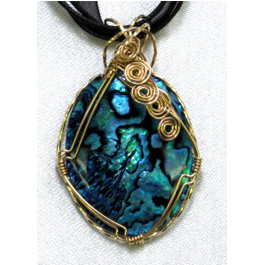 Gem profile- Paua and Abalone
Gem profile- Paua and Abalone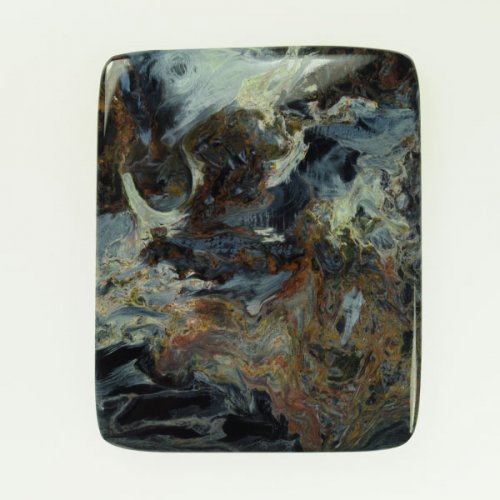 Tips for Tucson Shopping- Gem Show Secrets
Tips for Tucson Shopping- Gem Show Secrets Durston Olivia Rolling Mills
Durston Olivia Rolling Mills How to Use a Jewelry Bench Polisher Effectively
How to Use a Jewelry Bench Polisher Effectively 
